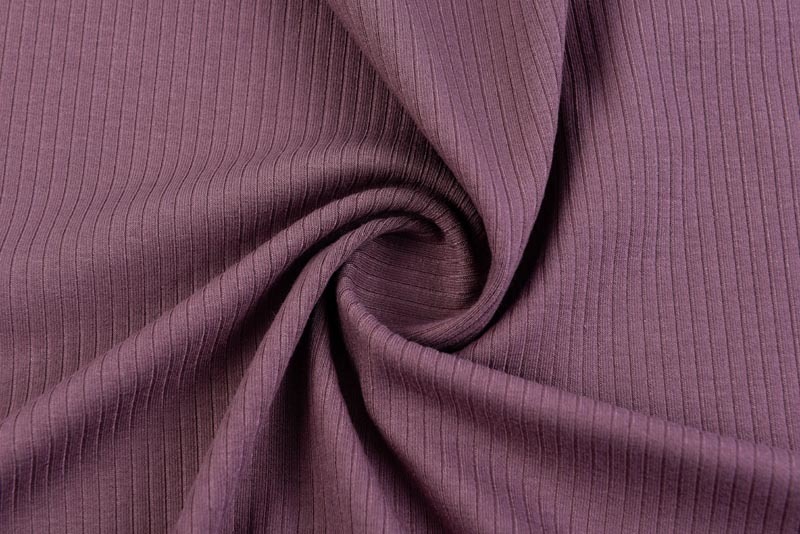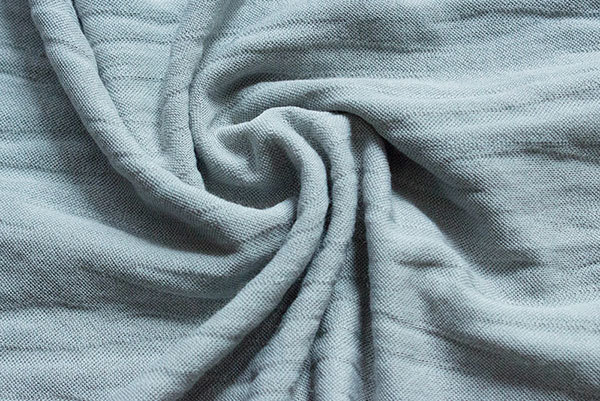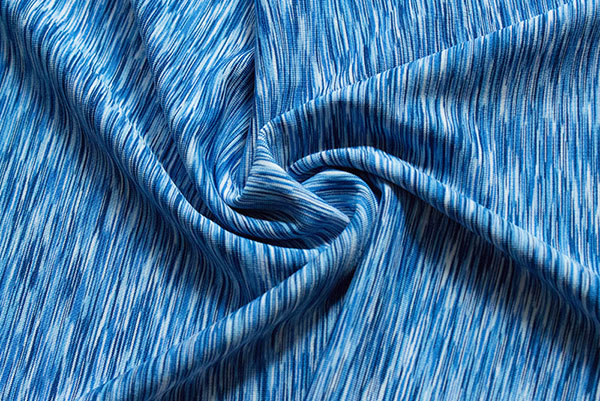Precautions for the use of printing and dyeing auxiliaries
Reasonable selection of printing and dyeing auxiliaries to help improve the quality of finished printing and dyeing products, so it is necessary to understand how to choose printing and dyeing auxiliaries and the precautions for use in reproduction. The following are the precautions for using printing and dyeing auxiliaries:
1. Technicians must master the basic knowledge of additives: this is the prerequisite for selecting good printing and dyeing additives. To make good use of auxiliaries, it is necessary to have a basic understanding of the basic concepts, structure, performance, and usage characteristics of printing and dyeing auxiliaries. If abnormal situations are found, the cause can also be analyzed and dealt with in a timely manner. To this end, an overview section was written at the beginning of each chapter in my manual, describing the principle of action, basic characteristics, structural classification, usage methods, application testing methods, and precautions during use of this type of auxiliary agent. This will enable readers to have a basic understanding of this type of auxiliary agent and lay a foundation for correct use. In the introduction of each auxiliary agent, the basic structure, properties (factory standard), purpose, and usage method will be introduced one by one. If the structural types are the same, Its usage and performance are also roughly the same, which can be used to draw inferences.
If a variety is not collected in the manual, as long as you know its basic structure, you can also know it like the palm of your hand. Therefore, when using new printing and dyeing additives, Hongqi Factory must inform the supplier of the structural category of the additives. For example, the softener used belongs to amino silicone oil softener, hydroxyl silicone oil softener, fatty amide softener, imidazoline softener, and fatty acid paraffin softener, and the application factory should know which type. Only in this way can we grasp its basic performance and prevent blind use.
2. It is necessary to have a basic understanding of the solubility of additives and their stability towards hard water and metal ions. For example, the solubility of anionic surfactants in alkalinity is greater than that in acidity, while cationic surfactants are the opposite. Amphoteric surfactants have the characteristics of both anions and cations, while non ionic surfactants have a smaller impact. The solubility of the first three surfactants increases with increasing temperature, The solubility of non ionic surfactants decreases with increasing temperature, so cloud points appear. The cloud point must be higher than the usage temperature, otherwise its efficiency will be lost and the role of additives will not be played. The cloud point increases with the increase of EO number, increases with the amount of anionic additives added, but decreases with the increase of electrolyte content. If Pingping is used as a leveling or dispersing agent for high-temperature and high-pressure dyeing, it will cause precipitation in the dyeing solution due to the use temperature greatly exceeding its cloud point (usually around 75-C). Not only does it not work, but it will also agglomerate the dye and cause color spots.
Organosilicon defoamer is a lotion made of methyl silicone oil or ethyl silicone oil with non-ionic surfactant and white carbon black. If emulsifiers with low cloud point are used, the same problem will occur. Auxiliary factories often do not pay attention to this problem, which will cause great harm to printing and dyeing factories.
Summary:
Reasonable selection of printing and dyeing auxiliaries to help improve the quality of finished printing and dyeing products, so it is necessary to understand how to choose printing and dyeing auxiliaries and the precautions for use in reproduction. The following are the precautions for using printing and dyeing auxiliaries:
Author:
Source:
Date:
2023-08-28
Other information







